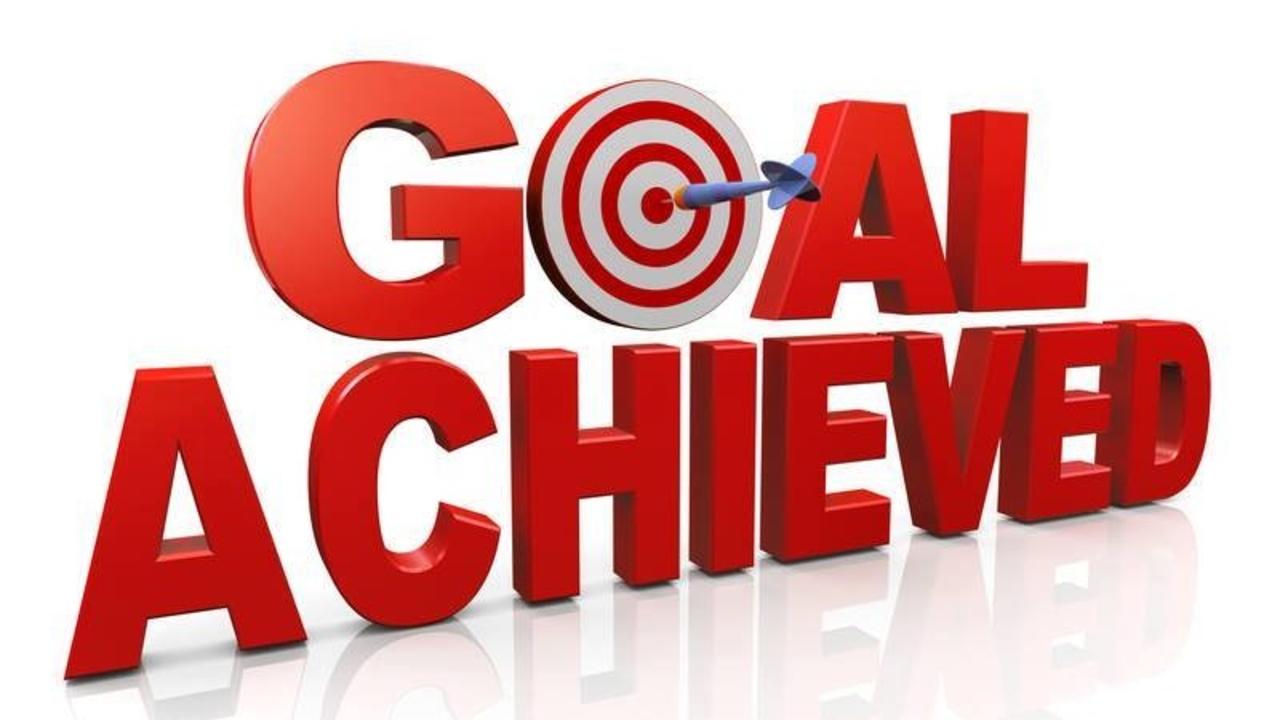Franchise to Multiply & Fly

Hi Champ!
This strategy is best applied in the Expansion and Mature stages of our Elevate Your Business consulting model.
The biggest area of turn-key businesses growth is a franchises. We have worked with a few very successful dealer and franchise models such as MetroPCS/T-Mobile and RX2live. There is a franchise for every industry in the world and they are fairly easy to acquire and come with practically a pop out of the box pre-assembled system. McDonald’s is a prime example. In fact, a $40 billion, 28,707 strong example.
There are a few things we are going to talk about:
- Business Format Franchise
- The Franchise Prototype
- Franchise Prototype Standards
Business Format Franchise
The business format franchise came from an earlier model call the “trade name” franchise. The big change was in the rights. During the “trade name” days the franchise owner only had marketing right’s, now franchise owners have owning rights to the entire business including systems. This has ...
What Does A Startup Have In Common With A Mature Business?

Hi Champ!
We have been talking about the life cycle and maturity levels of a business and we did this out of order! This was not a mistake...
The main reason is that survival, growth and expansion are where we see the most confusion with business leaders pertaining to growth, change, and people issues. The second reason is the inception stage otherwise known as “startup” and Mature stage have some huge similarities as one starts to look for ways to Springboard the business. We will discuss this today.
As a reminder, the five different stages of a business life cycle are:
- Inception
- Survival
- Growth
- Expansion
- Mature

The Inception and Mature Business Stages
Inception is about driving revenue and getting traction to see if the business idea is viable. In the same manner, a mature business looks for ways grow new revenue streams to stay relevant and not be replaced. The difference is a mature business has to focus on operational continuous improvements to save and oper...
Building Blocks for Business Expansion

Hi Champ!
We have been talking about the life cycle of a business and how to get the most out of each maturity level. Today we will dive a bit deeper into the Expansion stage to outline key building blocks for success.
As a reminder, the five different stages of a business life cycle are:
- Inception
- Survival
- Growth
- Expansion
- Mature
Stage 4 Expansion
In order for a business to expand successfully it is recommended that they have shored up any holes that may exist in the previous life cycle stages of stage 2.)Survival and 3.)Growth. We work to develop key targeted improvements for companies looking to add locations or franchise. Filling these holes in the business maturity helps to build a steady foundation as one expands. It is in this phase, successful entrepreneurs and leaders start to understand the phrase – “You can’t get to where you want to go with the same thinking that got you here”. This is often difficult to hear or accept by owners and means strategic change ...
Expand the Life of Your Business

Today I'm going to talk about the life cycle of a business and how to get the most out of each cycle while also extending the lifespan of your business. At Springboard Consulting we use our Elevate Your Business consulting model, NewBizSpringboard & ElevateYourBiz e-learning platforms to identify key objectives necessary to springboard companies to the next level.
The five different stages of a business life cycle are:
- Inception
- Survival
- Growth
- Expansion
- Mature
Let’s talk a little about what each of these cycle’s means and how they can each help expand your business’ lifespan. At each level of maturity there are also eight factors that influence growth and the high gain objectives (Springboard's) in each of these change based on maturity.
The eight Springboard's are:
- Owner Focus
- Strategic Direction
- Sales and Marketing
- Cash Flow Management
- Performance Management
- Processes and Systems
- Risk Management
- Business Funding
Inception
This is generally consider the i...
Building Blocks For Growth

Today I'd like to chat about the different types of capabilities and potential staff roles necessary as one grows from inception and survival into growth mode. At Springboard Consulting we developed a business consulting tool that helps to identify key objectives necessary to springboard your business to the next level. These levels represent the maturity of the business and here is a brief explanation of the model.
- Inception / Startups; Less than 2 years old
- Survival / More than 2 years or making a profit
- Growth / Business experiencing fast growth, growing staff needs
- Expansion / Planning Franchising, Licensing, or Multiple Locations business models
- Maturity / Brand recognition, People, Process, and Technology needs fulfilled
As a company moves towards the growth level, there are essentially three key roles that need to be filled as a building block for growth.
- The Expert
- The Manager
- The Leader
All of these roles need to be played simultaneously by different people...
Are You Running Your Business Like A Champ or Are You Aiding & Abetting E-Myths Like a Chump?

We are going to embark upon a journey through the world of e-myths and debunk them to help you avoid falling into the e-myth trap.
First, let’s take a minute to talk about what an e-myth is. An entrepreneurial myth, or e-myth, is an assumption that anyone can succeed at business with:
- Desire
- Some capital
- A targeted profit
This sounds great, but it just not realistic. Think of starting a business as a marathon. Sure, everyone starts out of the gate at record pace, but after a few miles people start slowing and some drop out entirely. Building a successful business takes stamina and agility. It takes the mindset of a champion- a corporate athlete who is driven by a Vision to help themselves and others around them.
The reality is that there are many different facets to a successful business and none of them can be ignored if you plan to find success.
Let’s take a minute to talk about entrepreneurial emotional seizure. This defines the roller coaster of emotions that comes with...
30 Ways to Win @ Marketing

Most of successful marketing professionals use a series of information based ads that build emotion and a call to action. These are much more effective than a standard company branding advertisements. The same principles that go into putting together a high impact (and, often, high priced) ad campaign can be adapted to fit your needs with similar results.
Here are some ways to put together and execute a professional, effective ad campaign:
- Put together a short report that’ll you’ll automatically send to prospects when they contact you. This should include a short description of your business and what you specialize in. Don’t forget to include case studies, samples or other proof of your success.
- Develop value-oriented ads.
- Consider newsletters as a way of educating and informing customers about your industry and services offered. Like this one!
- Offer a free seminar, webinar or other lecture to build awareness of your business, but make sure you make the information pertinent to ...
PR Equals Free Publicity With The Right Hook

There are three key areas of public relations you can use to boost your advertising results ten-fold over your paid advertising.
The key to public relations lie in:
- Public relation or publicity
- Merchandising
- Promotions
With a solid plan in place that encompasses all these areas, you’ll have a great approach to use public relations in the best way possible.
Public relations include all that is the media. Don’t limit yourself. The attention of newspapers, television, radio, magazines, bloggers, ezines and more are all equally powerful. Online marketing is just as, if not more, important as conventional media.
Here are the steps to get noticed by the media:
- Put together a press release for your company. The press release should be relevant to your target market and address consumer interest, not just announce your business.
- Compact your press release to include one hook and one angle. Choose the most attention-getting to make sure the media person you are sending it to is ...
Here is the secret to scaling revenue fast!

It’s extremely important to build relationships with your vendors and those around you can bring in new customers/clients and increase awareness of your company branding.
The people you work directly with on your products and services are really the ones with the most to gain when you find success. By taking the time to get to know them, you’ll find a whole host of opportunities you didn’t realize were there.
Look for great ways to offer your vendors rewards for helping grow your business and everyone wins. One of ways you can do this is by offering performance based incentives and strategic alignment strategies that are much larger than their normal charges.
Here’s the step-by-step process to putting together a strategic partnership with a vendor:
- Approach all the vendors you work with and offer an incentive based on performance.
- Put the generous incentive plan together from their perspective, even take suggestions.
- Develop a clear, concise and easy to track incentive plan, th ...
Turn Prospects into Customers Overnight!

If your marketing is doing its job, you should have qualified sales leads/prospects interested in learning more and becoming future customers. There are a few key ways to draw them in and seal the deal. You need to be:
- Inviting
- Informative
- Enjoyable
The biggest fear of most new customers is buyer’s remorse. You want to avoid this at all costs and this should be mitigated if you’ve provided a quality product/service that delivers on the marketing claims you’ve made.
However, this can still occur. There are a two ways to deal with this:
- Offer to refund money-no questions asked
- Offer a bonus they can keep even if they return the product
These offers alone will also mitigate buyer’s remorse because the customer will trust you more, just for offering these things.
There are number of other ways to turn a prospect into a customer:
- Offer a special price as an opportunity for you to test the market.
- Offer a referral incentive.
- Offer a smaller, more inexpensive product or ...

